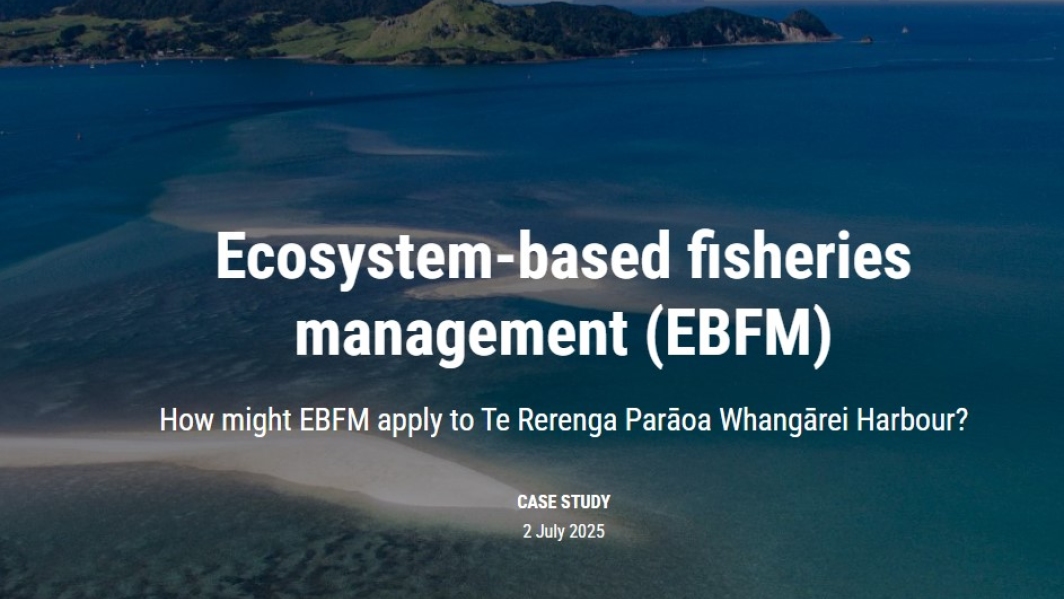Ecosystem-based fisheries management (EBFM) is a holistic way of managing fisheries and marine resources by taking into account the entire system surrounding the species being managed.
The traditional way that fisheries have been managed is called ‘single species’ management. Single species management breaks down complexity into small chunks that we can understand (the biomass of individual fish populations). It also has a singular goal of managing each fish population at a level of fishery extraction that is sustainable.
This simplified approach was taken because marine systems are complex, with lots of different interacting factors, and because the primary user of those fish populations was seen as fishing.
But, we know that such an approach ignores the reality that different fish populations are connected to each other (e.g., predators and prey) and the environment around them (e.g., changes in water temperature or the habitat that supports different life-cycle stage). We also know that society evolves, and there are alternative uses and values for the marine system and the fish populations within it that also need to be accounted for.
In simple terms EBFM attempts to build some of these ecosystem interconnections (or realities) back in, while also recognising that there are alternative uses for the system. As such, a key aspect of EBFM is the incorporation of humans and their values within the management system.
Engaging with partners and end-users to understand their values and identify trade-offs that try and achieve balance (rather than exclusion) across the whole socio-ecological system is ultimately the objective of EBFM (i.e., not just maximising catch or yield).
What makes this different from single-species management?
- A focus on multiple fisheries and key system components within a defined area.
- Recognition of alternative values for the system and its components. As such, people and their diverse values are considered part of the system.
- An on-going cycle where monitoring feeds into an adaptive process where adjustments are made as needed. This feedback process is usually achieved by monitoring system indicators.
- An understanding of risks to the key components of the system (as measured by indicators), and an assessment of how alternative management strategies will impact those key components.
- It’s likely that trade-offs will be needed because a perfect solution probably doesn’t exist. The aim here is to find some form of balance across the diverse socio-cultural-economic ecosystem.
EBFM should also recognise the special role of Māori. EBFM is not a replacement for a Te Ao Māori approach, but does have some commonality. For example, both approaches are holistic, interconnected, place-based, include people and their values, have intergenerational goals, and give effect to the values of iwi and hapū.

